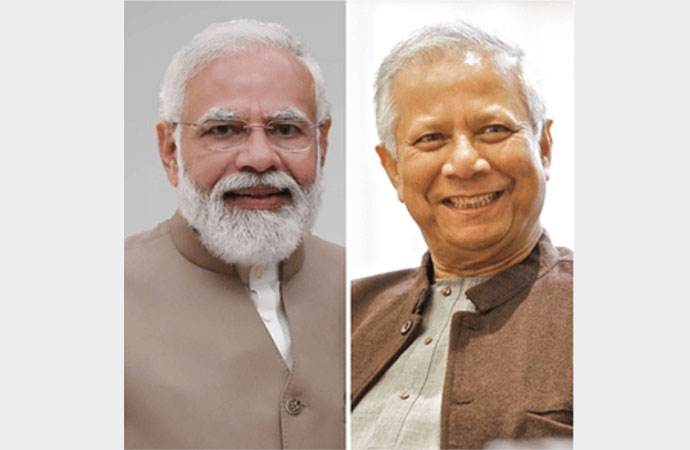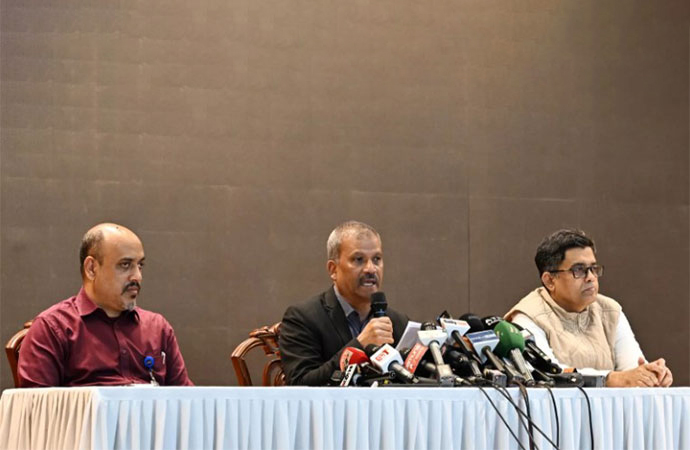Featured 1

The chief of the World Health Organisation (WHO) specifically addressed the 150 countries and territories still reporting less than 100 positive cases of the dreaded COVID-19 this week, and urged them "to use this critical window now to suppress and stop transmission" of the novel coronavirus that has ravaged some of the strongest healthcare systems in the entire world.
This window of opportunity was created by those countries and regions which introduced unprecedented "lockdown" measures to contain the COVID-19 pandemic, including Bangladesh, and WHO Director-General Tedros Adhanom Ghebreyesus was keen to remind them that these measures on their own will not extinguish epidemics in their own territory. Tedros recommended six key actions to enable the more precise and targeted measures.
The imperative of testing was once again underlined in the words of Dr Tedros (remember his earlier words at the start of the pandemic: "Test, test, test").
Despite his exhortations, it has not been easy for many countries to get their testing infrastructure in place to identify as many cases as possible of the new disease, so that they could be isolated from the rest of the population while being treated. This is important for epidemiological reasons, to stop the virus from spreading among communities. Bangladesh was one of those countries, although to be fair even the US has struggled to implement a satisfactory testing regime against what is a highly contagious virus. Under the leadership of the Institute of Epidemiology, Disease Control and Research, or IEDCR, that has fronted the Bangladeshi response, the country started off with a highly centralised, almost strict testing regime under which only those with a travel history or contact with an identified positive case, besides the usual symptoms of the disease, were being tested. That could be justified by the fact that at the start, Bangladesh was in possession of just 2000 testing kits.
Since then though, with China having fought off its own epidemic and then resolving to help other nations such as Bangladesh, the number of testing kits in our national kitty has increased dramatically - as of this week, the country has over 40,000 testing kits. However, the testing protocol seems to have not been expanded in accordance with the urgency. In the latest update from IEDCR, on April 1st, it was reported that just 157 samples were collected and tested, of which three were found positive, in the previous 24 hours, during which one more person died from the coronavirus in the country, bringing the total to 6. Most countries successfully fighting the virus by 'flattening the curve' of new infections are testing in the thousands per day. The US, after its slow start, is now testing close to 100,000 per day. We urge the IEDCR to revisit its protocols for testing, in order to attack the virus before it spreads exponentially, because that is the only way to fight it successfully. We must not let go of this second window of opportunity.

























Leave a Comment
Recent Posts
“My Ekushey Padak award is ded ...
This year, the government awarded the Ekushey Padak 2025 - the country ...
Biman is an inconvenient airli ...
I was on a flight of Biman from Dhaka to Bangkok on 28 February when B ...
Bangladesh’s art treasures deserve a global stage: C ..
The need for a consensus on the election
July uprising offers big opportunities for reforms, ..
Former Dhaka University professor Chowdhury Rafiqul ..